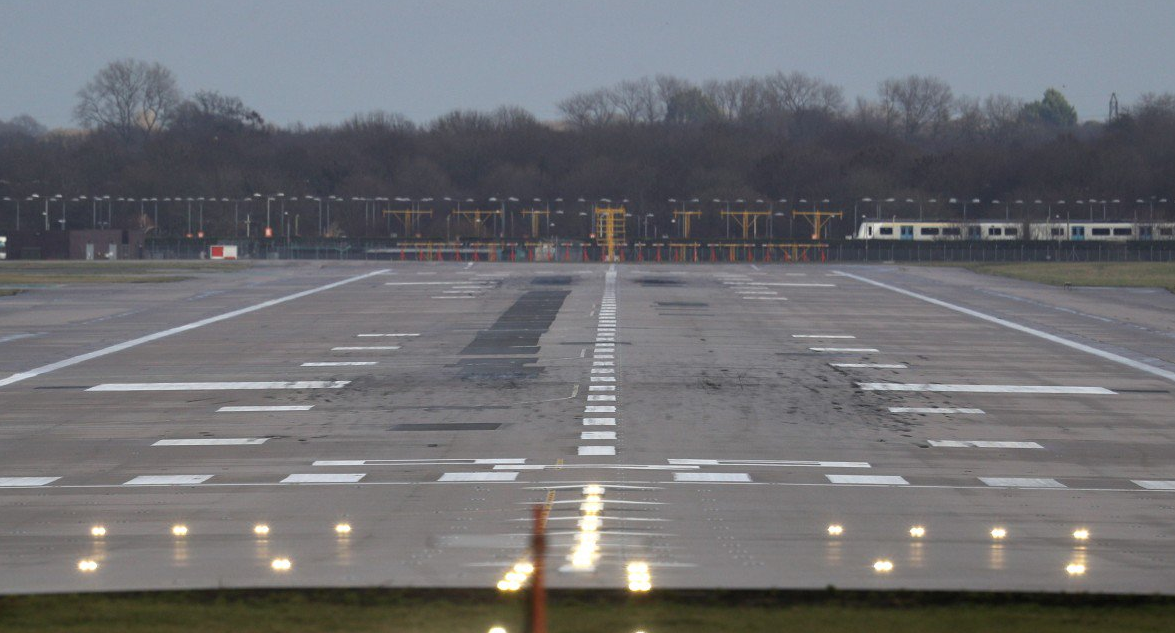Gatwick Airport, the second-busiest in the UK, has come to a standstill after one or more drones were spotted flying over airport grounds, forcing authorities to stop all flights in and out. As of Thursday afternoon, tens of thousands of travelers have been affected. (Update: on Friday the airport briefly had to suspend flights again.)
It is not yet known who is operating the drones, or why. The Gatwick episode has renewed calls for “anti-drone” technology. But drones present a threat to commercial air traffic that cannot be waved away with a technological fix. They’ve become too cheap, and too capable. Passenger jets are vulnerable targets and will remain so. Neither technologies like geofencing that seek to hobble drones nor things like guns, nets, radio-jamming systems, or even eagles can reliably protect airline traffic.
This might sound alarmist. But drone countermeasures can only go so far.
The cheapest drones are mass-produced consumer models, which can be bought for as little as $25. These are relatively easy to guard against—for instance, by jamming the radio signals that allow operators to control them. Slightly more expensive drones have GPS chips. Such drones can come programmed with geofencing, a fancy-sounding word for instructing the software that controls the drone to prevent it from flying within specified geographical coordinates.
This can effectively constrain drones that the average consumer might buy from Walmart or Amazon. It can prevent, say, drunks from accidentally flying their drones onto White House grounds.
But it’s easy for someone with moderate technical sophistication to build a drone, and homemade drones need not have GPS chips on board. They also don’t necessarily need to communicate with their operator in order to stay aloft, which would render radio jamming systems ineffective. Stronger jammers could simply fry on-board electronics, but such strong signals risk causing problematic interference with systems on the aircraft they are meant to protect.
Read more HERE
Ask me anything
Explore related questions





